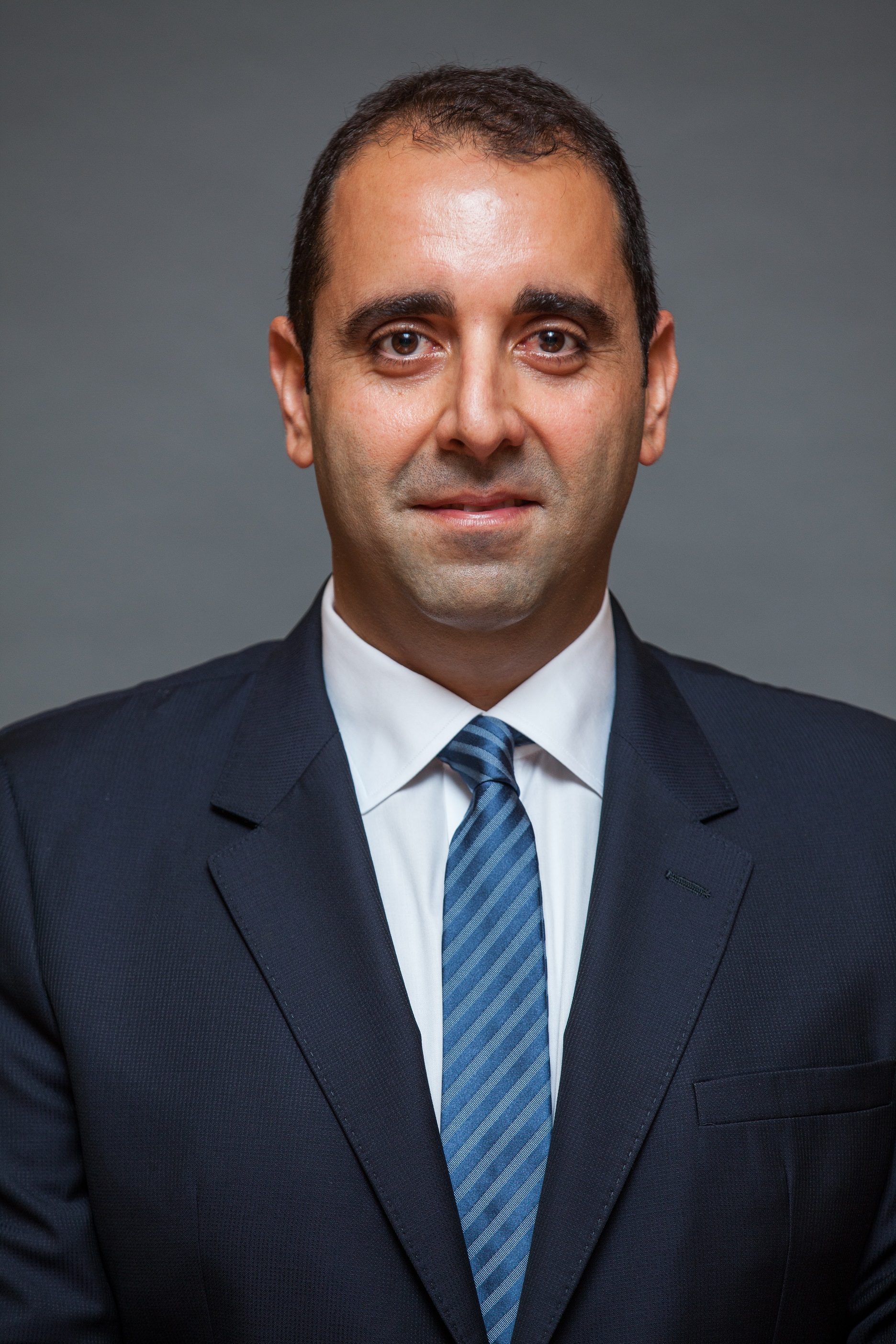
Never before has technology played such an indispensable role in our lives. With the transition to remote working and eLearning over the last few months, technology has remained at the forefront of maintaining a sense of normalcy. As such, the pandemic has also been a true test of the existing digital infrastructure across the public and private sectors, and technology’s ability to overcome the current disruptions.
Two sectors that have stood out for their resilience in these times are education and healthcare. Schools and hospitals have been at the forefront of adapting to the new ways of working, and have been among the first to upgrade their digital infrastructure to accommodate the current needs. However, these sudden transitions have no doubt been a little bumpy.
Schools have had to shift to virtual online learning platforms in a matter of weeks at every level – elementary through higher-education. Just like moving to a remote workforce – there’s a triage period where we need to get it working well and then innovate to make it an incredible experience. Whilst some progress has been made in digital healthcare, it hasn’t necessarily been transformational. In many cases, it has come down to a simple conversion of analogue to electronic.
Having worked closely with the healthcare and education sector for several years, I have come to understand that both sectors face some common challenges in their efforts to transform digitally. Although millennials are early adopters of technology, culture and mind-set continue to be big obstacles faced by both sectors as decision-making often resides among those who are not particularly tech-savvy. Another roadblock to digital transformation is that downtime and security risks are not options within these sectors, as they hold a lot of confidential information and personal records on their servers.
Within healthcare, many processes remain ripe for digital disruption - legacy IT and disparate systems within these environments are often working against the purpose they are implemented for. Imagine what’s possible for preventative care when you can extend the reach of healthcare through technology.
In Oman, the government launched a national campaign to support its citizens during the pandemic. Technology was central to this campaign and the government launched an app named Tarassud+, which uses artificial intelligence to prevent the spread of infection. The application also enables access to medical hotlines and the artificial intelligence used in in the app helps public health professionals assess suspected cases and attend to the most crucial ones.
The Ministry of Health is also collaborating with the online platform Wareed, which has been partially funded by the Oman Technology Fund, to deliver medicine to patients’ homes especially those with critical medical conditions or the elderly and to avoid the spread of the Coronavirus. The goal is to eventually make Wareed a one-stop shop for healthcare services.
As for education, the government has also ensured that schools in Oman are equipped with the proper resources to provide students with a blended learning experience, starting with virtual classrooms and tablets as learning aids to accompany traditional learning methods. Technology’s role has also extended to provide teachers in Oman with access to online workshops and training programs organized by the Ministry of Education as the government is keen on incorporating information and communications technology in the education sector and considers it crucial in the progression of the quality of education in the country.
As organizations embark on their digital transformation journey, it is important to assess the integrity of its IT infrastructure and where technology can best support the areas which are lacking. That means upgrading infrastructure including servers, storage and networking to IT device demands from staff. Once this is achieved, it will be more evident how to best apply emerging digital technologies such as predictive analytics and artificial intelligent/machine learning. But most importantly, there should be a plan in place for bringing the technology to life and how it will be received by those using it.
While we are yet to see whether this pandemic will completely overhaul existing systems, what we know for sure is that life and work as we know it has changed. As it is often said, with every challenge comes an opportunity. Now is our opportunity to rethink and redefine the future of vital sectors such as healthcare and education – and how we balance all those things to create a stronger, more resilient future.
(The author is General Manager – Gulf Region, Dell Technologies)